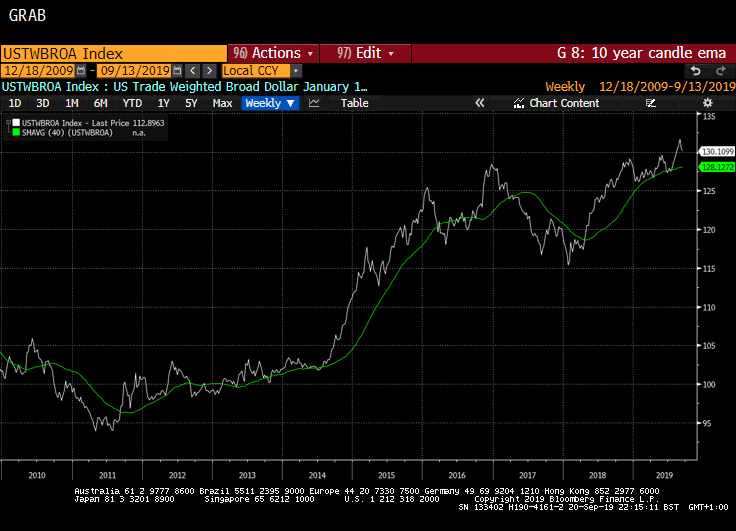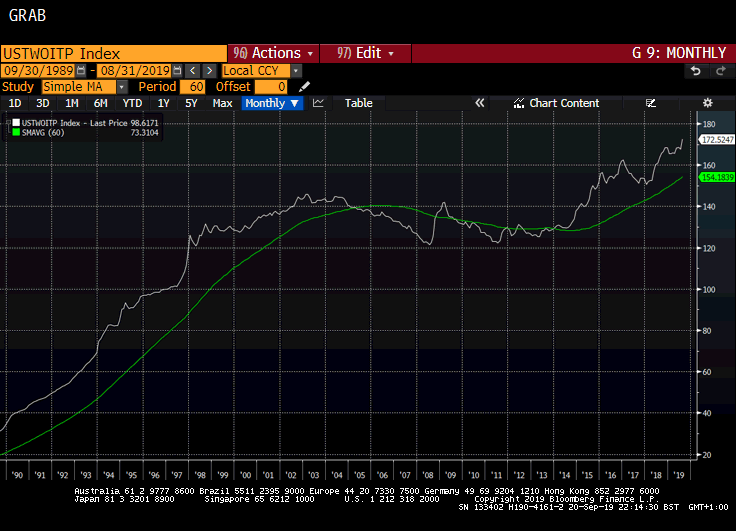Design Options for an o/n Repo Facility
This note by Zolltan Pozsar for Credit Suisse may be of interest to subscribers. Here is a section:
Here is a link to the full report and here is a section from it:
To deal with the problem of excess reserves, the Fed had to open up its balance sheet to counterparties it didn’t trade with before – like money funds. Similarly, to deal with the problem of excess collateral, the Fed will have to expand the scope of accounts it trades with further, and open up its balance sheet to all carry traders that are FICC members – that’s what the logic of our analysis of imbalances implies and what the market expects.
Remarkably simple and remarkably symmetric… …but there is a catch!
From Fed’s perspective, it’s simpler to open up the balance sheet to new counterparties to deal with an excess reserves problem than it is to deal with an excess collateral problem – the supply of excess reserves is finite and their sterilization through an o/n RRP facility doesn’t inflate the Fed’s balance sheet; in contrast, the supply of excess collateral is infinite and their monetization through an o/n RP facility inflates the Fed’s balance sheet… …potentially without a limit.
Put differently, excess reserves are a byproduct of the Fed’s own balance sheet actions and the o/n RRP facility absorbs the byproduct that banks – given leverage constraints – would only bid for at rates below the o/n RRP rate, that is, below the Fed’s target range.
The Fed is in control… …of its balance sheet size and the bottom of the target range, but not its liability mix. In contrast, excess collateral is a byproduct of fiscal policy and demand for Treasuries and the o/n RP facility absorbs collateral that banks – given intraday liquidity constraints – would only bid for at rates above the o/n RP rate, that is, above the Fed’s target range. The Fed is in control… …of the top of the target range, but not its balance sheet size. It’s either a control of prices or quantities, but not both – and from the Fed’s perspective, it is easier to give up control over its liability mix by opening its balance sheet to money funds than it is to give up control over its balance sheet size by opening up to all FICC members.
The Credit Suisse short-term interest rates (STIR) team have been way out in front of the Fed’s dilemma in needing to support the repo market while also being reluctant to expend its balance sheet. The clear risk is the Fed will have to settle for lower quality assets in order to control the size of its balance sheet.
The bigger picture is the interest rate arbitrage the USA enjoys because of its positive yields versus negative yields in Europe and Japan. The difficulties the Fed is experiencing in managing repo liquidity stem from demand for Dollars. The clearest route to removing that demand is to drop interest rates. However, the economy still expanding. Retail sales in particular are still strong against a background of low unemployment and a strong housing market. If the Fed continues to ease into that environment there a clear risk of a bubble forming.
The longer the Fed enables the Dollar arbitrage trade the stronger the Dollar is likely to become. The problem with that strategy is it puts continued pressure on emerging market issuers of Dollar debt.

The US Trade Weighted Broad US Dollar Index hit a new all-time in August and some consolidation is now underway. However, a sustained move below the trend mean would be required to question the consistency of the advance.

The US Trader Weighted Real Other Important Trading Partners Index is on the cusp of breaking on the upside.


